Resistance!
The resistance action in the South
In the collective imagination the word “resistance” is mostly associated with the Partisan fight in the centre and north of Italy, when in fact in 1943 the landings in Italy and the armistice determined the occurrence of several episodes of popular resistance, carried out by civilians or Italian Royal Army soldiers, or even reprisals, at times without reason, on the part of the German troops. In the tales of the elderly the cities are deprived of the men that could be considered suitable for work, the Germans implement a meticulous mopping-up and deportations.
General Gonzaga
8 September 1943
General Ferrante Vincenzo Gonzaga, Marquess of Vescovato, belonging to a dynasty of Italian servicemen, is the Commander of the 222nd Coastal Division in the area of Salerno exactly during the days of the armistice proclamation and the imminence of the allied landing. In the night between 8th and 9th September he is summoned in Buccoli, a hamlet in the province of Salerno, at the German headquarters, but he refuses to hand over his weapons and to leave the Division’s placements to the German colleague Von Alvensleben, with whom he had collaborated until just a few hours before. One of the soldiers that was there shoots him dead as soon as he brings his hand close to his gun. General Gonzaga was the first senior officer to be killed by the Germans after the armistice.
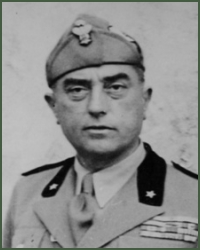
The battle of Scafati
28 September 1943
Scafati is located along the main road to Naples. The Allied advance involved passing through this small town, which was occupied though by the German army, that had set up a tenacious resistance nearby the bridge over the river Sarno at the entrance of the town.
Upon arrival of the Allies a group of civilians, that would later be called Gruppo 28 settembre, led by Vittorio Nappi, warned the advancing British Army against the German threat. The British, therefore, chose to enter the town by crossing a secondary bridge, unknown to the Germans, while other Divisions surrounded the enemy and compelled him to the retreat after a long and bloody battle fought between 28 and 29 September.
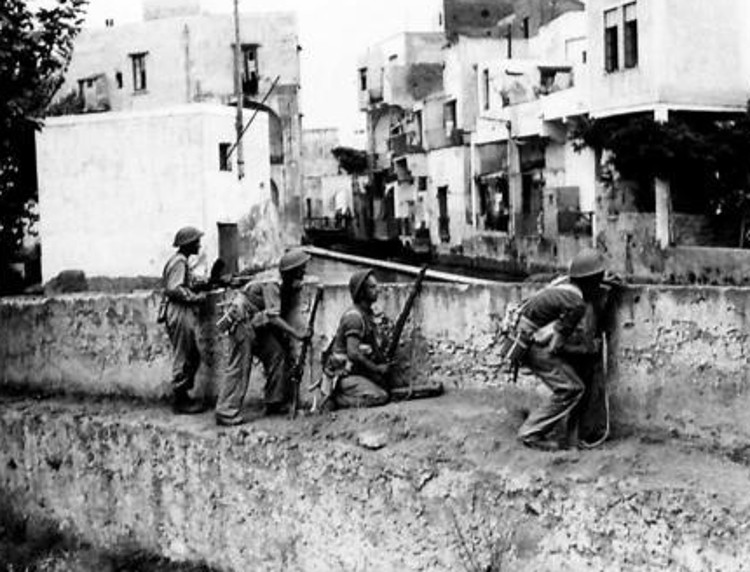
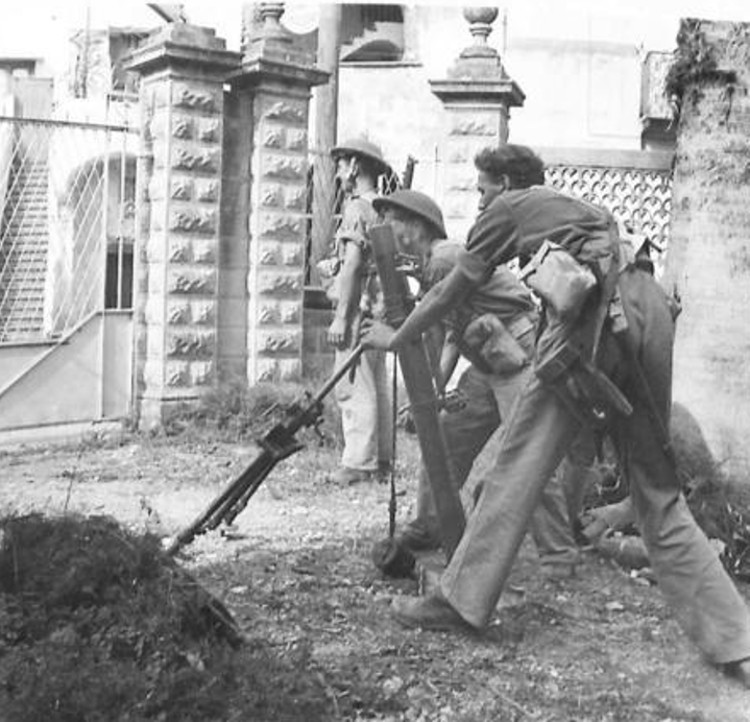
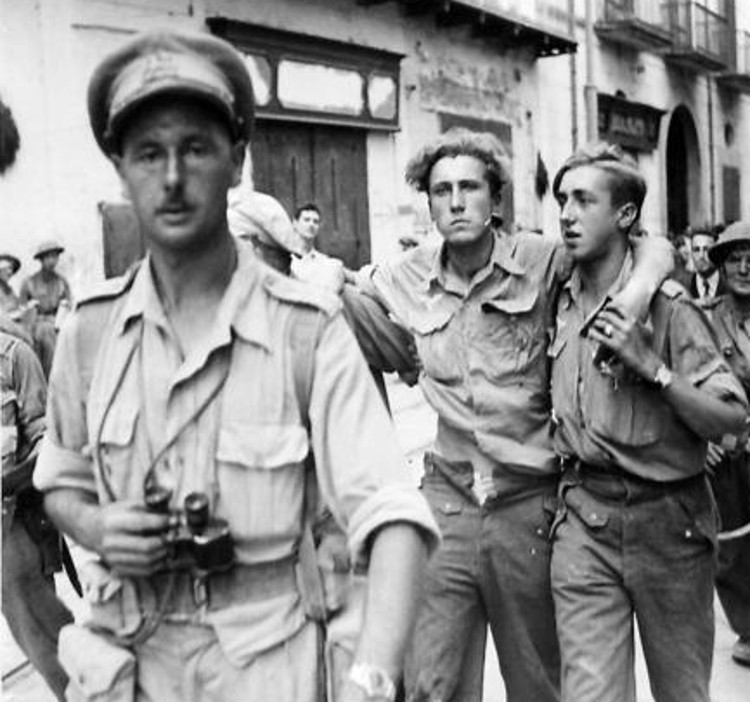
The four days of Naples
27 September 1943
Naples, a strategic city in that it is one of the largest ports of the Mediterranean, was freed from the Germans before the Allies reached the city.
The city wasn’t chosen as target of the landing since it was deemed to be too hard to assault because of the German defences. Nonetheless, the local people revolted, on the one hand exasperated by the vindictive Nazi behaviour, and on the other motivated by the close front in Salerno.
Within this framework the same considerations, though in the opposite direction, directed the behaviour of the German command.
On the development of the situation the Italian army command’s submissiveness weighed a lot. Indeed, it did not make a stand against the German demands, as opposed to the (few) directions of the Badoglio Cabinet.
If it is true then that the Liberation of Naples was undoubtedly made possible by the Allied advance, on the other hand it should be stressed that the local resistance enabled the rescue of hundreds of lives and facilities that otherwise would have been sacrificed by the Nazis to the “Scorched-earth policy”.
Some episodes of uprising had already occurred at the beginning of September and then intensified with the killings and the mopping-up carried out by the occupying forces: thousands of Italians were crammed into ad-libbed detention camps, plenty of facilities were mined. Some of them ended up destroyed, many others were saved thanks to arrangements that insurgents agreed upon with the withdrawing Germans.
The deportations and Nazi retaliations
From the atlas of Nazi massacres we can find out that there were 261 casualties during 58 episodes among Sicily, Calabria, Apulia and Basilicata, another 1409 fatalities in 501, a very large number if we consider the short time in which such tragedies took place.
In the area of Naples and Caserta, in the rear just behind the front, the Germans wreaked revenge, experimenting, in this tragic laboratory, the behaviour of intimidation and vengeance on defenceless populations, which characterised the second part of the Liberation war.
In going forward along the peninsula, the Canadians too, framed in the 8th Army, witnessed the Nazi mass murders.
These two photos provide documentary evidence of the burial of 16 men killed in Rionero in retaliation: an Italian had shot a German soldier as a protest against the theft of chickens and his fellow soldiers arrested and killed 16 people.

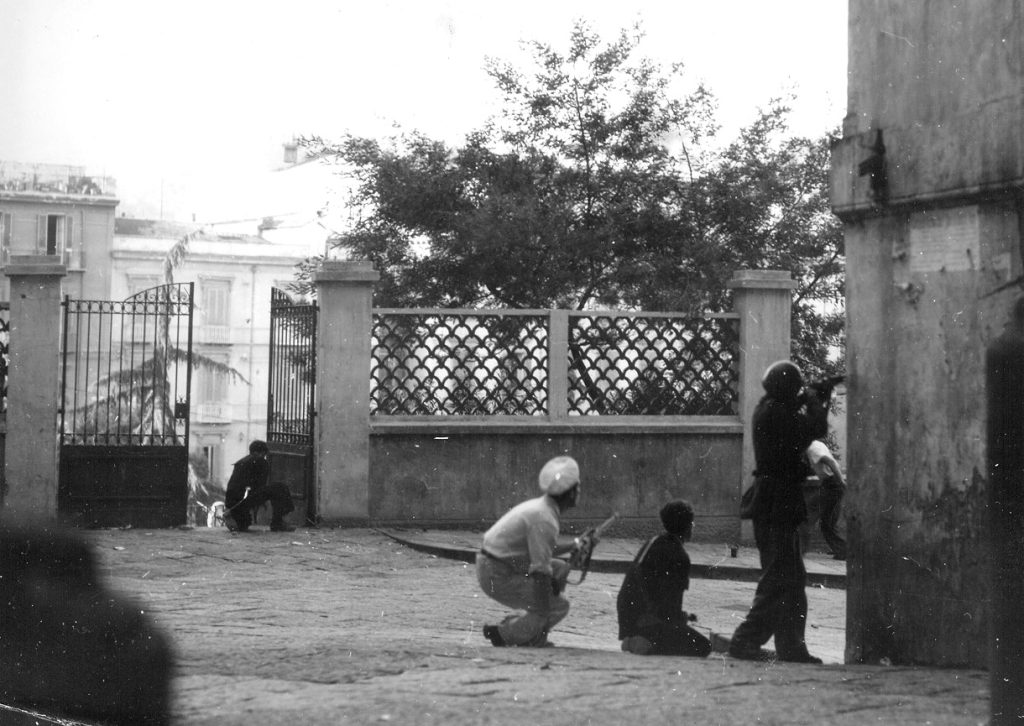
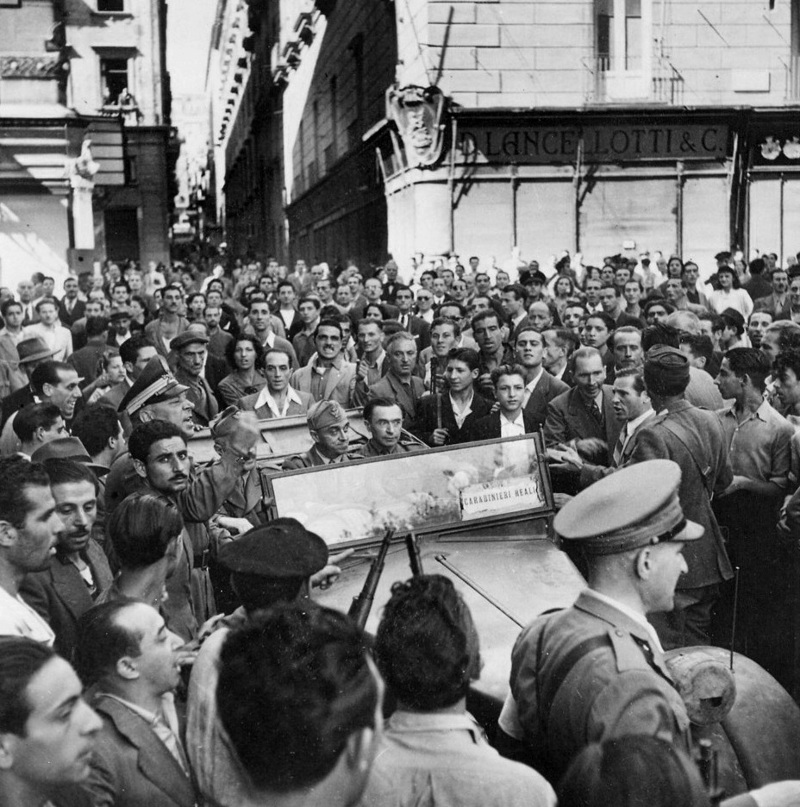
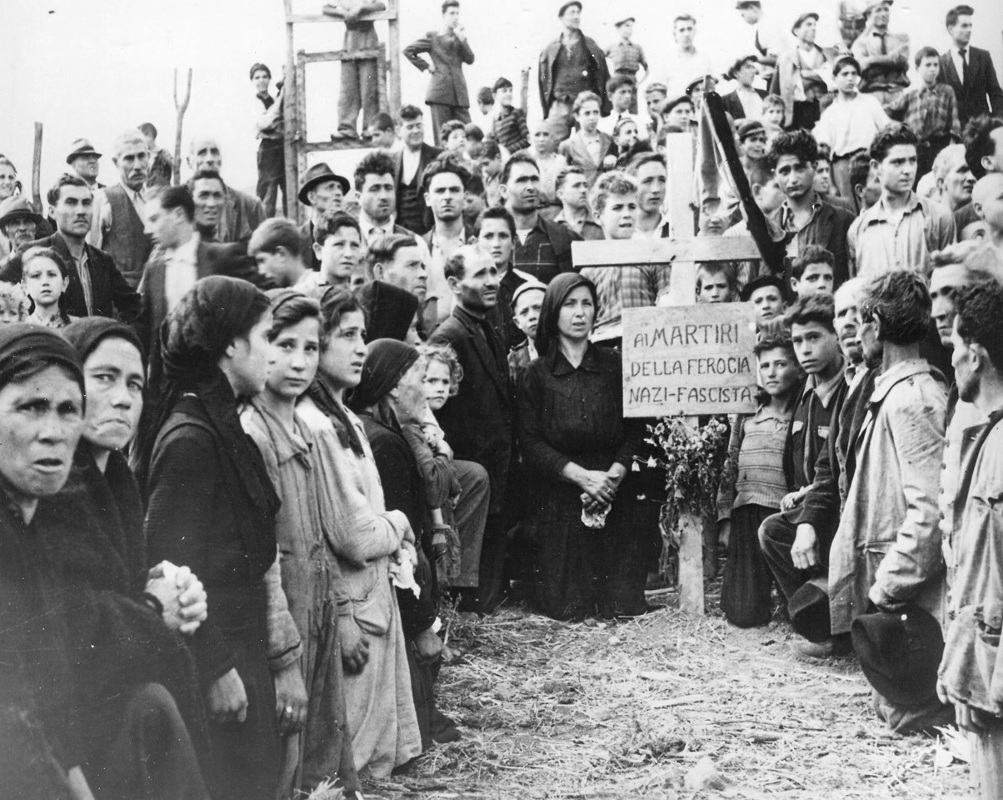
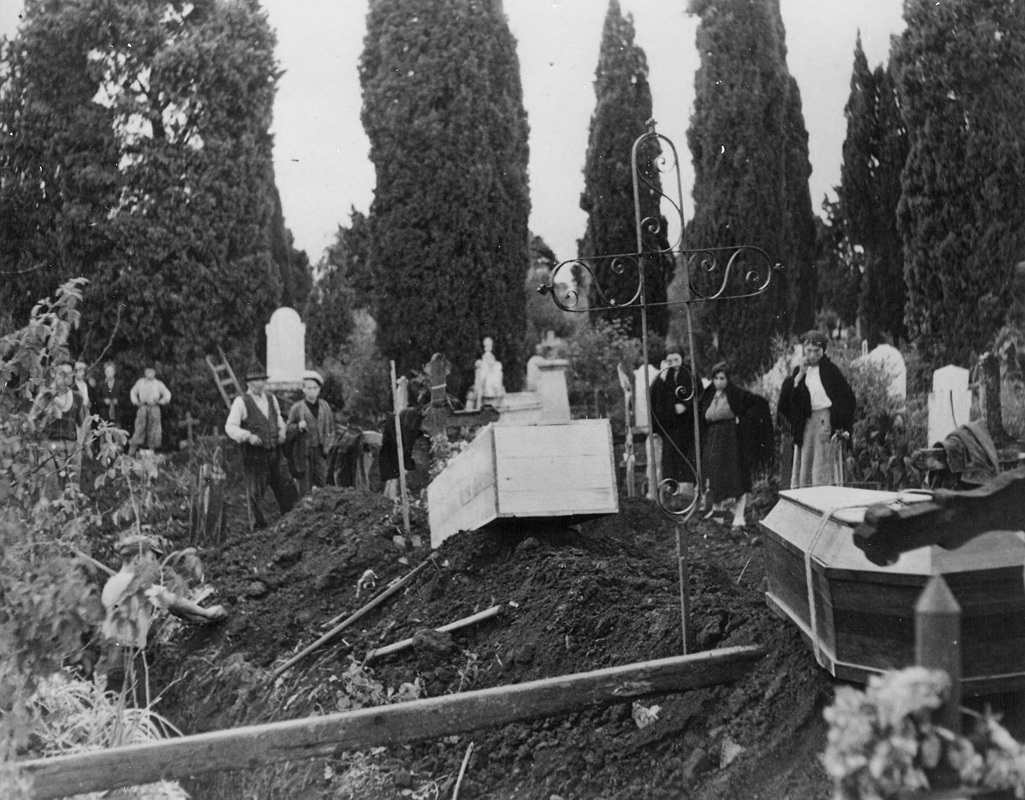



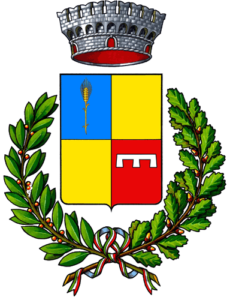 Città di Battipaglia
Città di Battipaglia